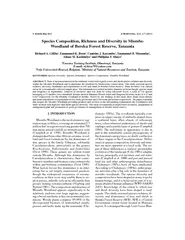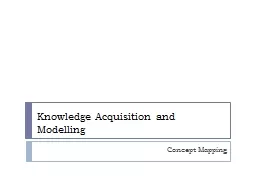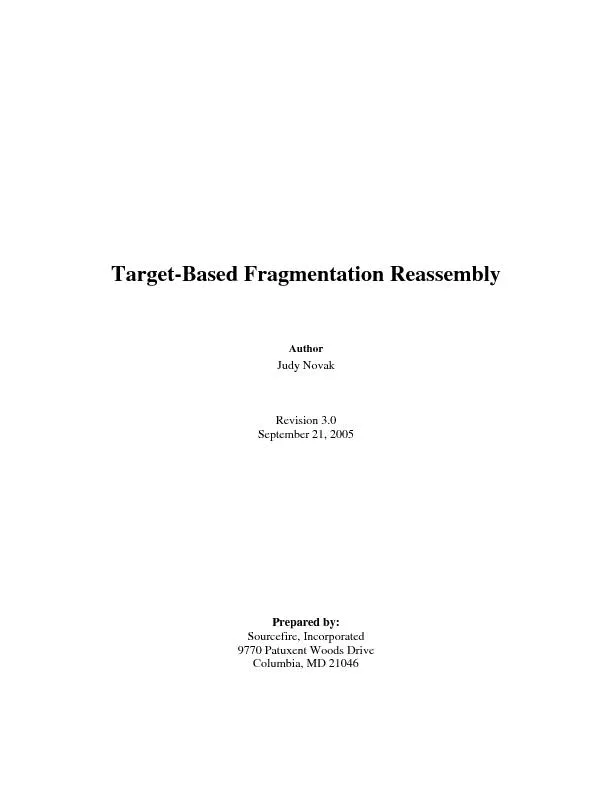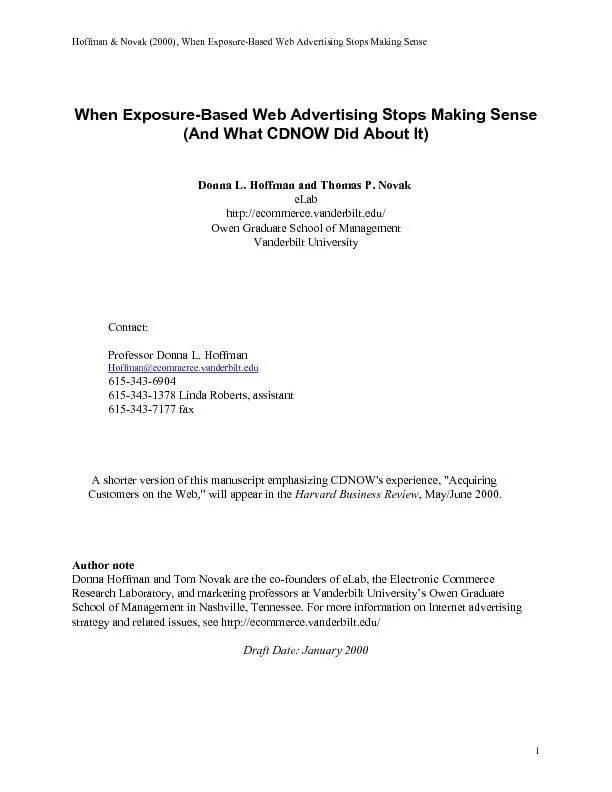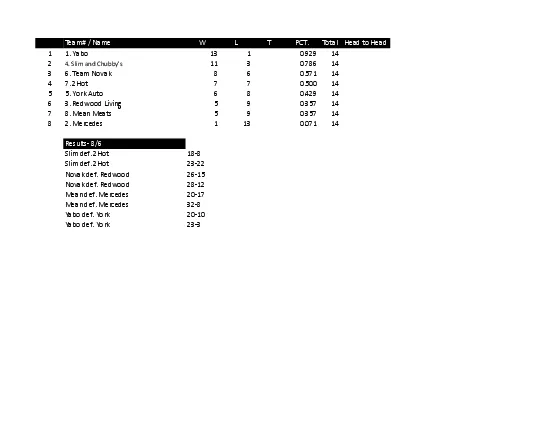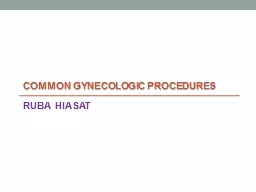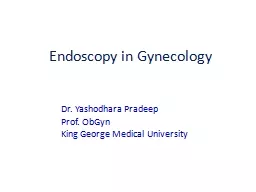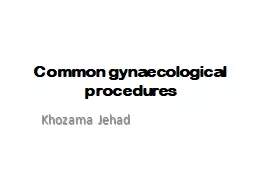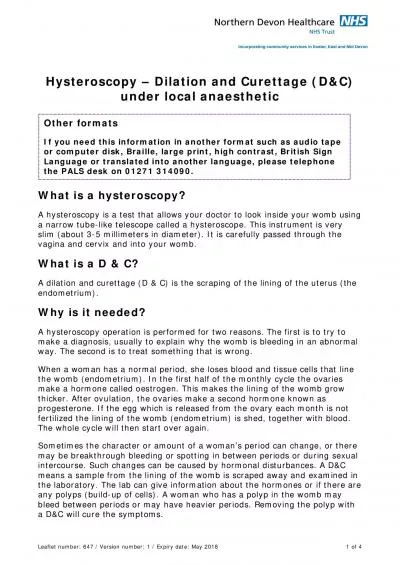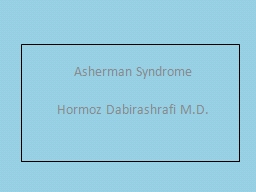PPT-Hysteroscopy Berek & Novak
Author : TravelingSoulmate | Published Date : 2022-08-01
Sixteen ed ition Diagnostic Hysteroscopy 2Goals 1 sample of the endometrium usually for the detection of hyperplasia or neoplasia Blind endometrial sampling
Presentation Embed Code
Download Presentation
Download Presentation The PPT/PDF document "Hysteroscopy Berek & Novak" is the property of its rightful owner. Permission is granted to download and print the materials on this website for personal, non-commercial use only, and to display it on your personal computer provided you do not modify the materials and that you retain all copyright notices contained in the materials. By downloading content from our website, you accept the terms of this agreement.
Hysteroscopy Berek & Novak: Transcript
Download Rules Of Document
"Hysteroscopy Berek & Novak"The content belongs to its owner. You may download and print it for personal use, without modification, and keep all copyright notices. By downloading, you agree to these terms.
Related Documents


